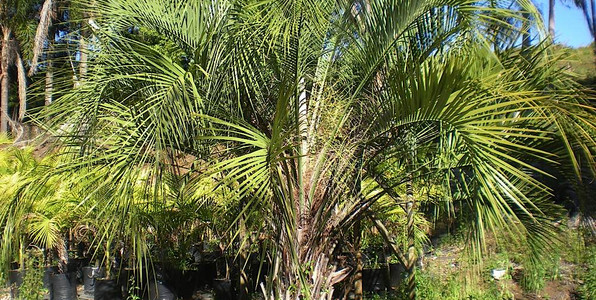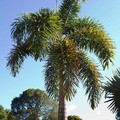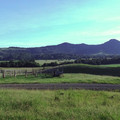Gallery
Click the thumbnails below to view image gallery:Cold Hardy Palms
As the name implies, palms that can accommodate cold climates are cold hardy palms. It is generally hard to pinpoint which palm type is the best to take care of during a cold winter spell since many growers and nurseries have accounted for different experiences regarding this. Some palm types were able to withstand the cold spell for this particular area while for some regions these palm types barely survived.
The main reason for the variety of experiences is that the cold spell for regions tends to differ. The environment does not possess a general cold temperature so depending on the region, the cold spell may be much colder or less cold than other areas. Thus, it is first important to determine the extent of the cold spell in your area before you decide to choose a type of palm. How cold can it get? Look at what is already growing well in your area.
Some of the factors to be considered include presence or lack or summer heat, intensity of the sun, humidity and opposite temperatures. Determine how cold it can get during the night and during the winter. In Australia cold tolerant generally means being able to live through frost. In Nth America it may mean surviving something colder. In this case, the palm type may be narrowed down to the more resilient to cold temperatures. If you are looking for a good cold hardy palm then go for the Windmill palm.
The Windmill palm otherwise known as the Trachycarpus fortunei has turned out to be one of the most popular and commonly used plants for a range of temperatures. This species possesses several characteristics, which make it appropriate for cold weathers.
There are two general traits that a windmill palm has which makes it possible to survive the cold spell: brown-black type of burlap-hair with insulating capabilities and slow growth. The good thing about the burlap-like hair is that it keeps the trunk warm even when the winter comes and ravages the environment.
To properly determine whether a specific plant type can survive in the cold it is best to first measure the temperatures of the garden before purchasing. Find out the minimum overnight winter temperature and if necessary the maximum summer temperature.
Other cold hardy palms for Australia are
The Cabbage Palm (Livistona Australis) is native to the east coast of Australia and also has minor serrations. Also Chinese Fan Palm ( Livistona. Chinensis)
The Cotton Palm ( Washingtonia filifera.). These palms grow tall 20 metres and have serrations on the stems of the fronds
The Nikay (Rhopalostylis sapida) comes from New Zealand and is called the feather duster palm because of the shape of its frond. It's the most southerly growing palm and the Maoris would eat the heart, making baskets from the rest.
The European Fan (Chamaerops humilis) comes from around the Mediterranean. It's the most northerly growing palm, to about 3 metres and is a clumping palm. It is slow growing as with most cold palms the exception is the cottons.
The Chinese Windmill (Tracarpus fortunei) comes from China, is very cold tolerant and is a single trunked fan palm with thatching around its trunk.
The Lady Palm (Rhapis excelsa) comes from China, is a clumping fan palm, which makes a lovely indoor plant and will also grow outside in partly shaded places.not for full sun. eventually growing to 4 metres
The Cocos (Syagrus romanzoffiana) comes from South America, it is very common as a garden palm in Australia and considered a weed in the top half but is a reliable palm for the south.
The Canary Is Date (Phoenix canariensis) comes from the Canary Is and a large one in your yard is quite a status symbol. They are slow growing.
The Dwarf Date (Phoenix roebelenii) comes from Laos and is a feather leafed single trunked palm growing to about 2 metres.
The Foxtail Palm (Wodgetia bifurcata) comes from above Cairns but also will grow in cold areas and does well in protected places around Canberra with trees to save it from the setting frost.
The Sago Palm (Cycas revoluta). short
The Senegal Date Palm (Phoenix reclinata) comes from Africa and is a clumping palm with lots of bad spikes.
The Wine Palm (Butia capitata). single trunk growing to about 4 to 6 metres
<< Previous Caring For Your Kentia Palm (Howea forsteriana) | Back to Mullumbimby Palm Blog | Next >> Common Palm Diseases and How to Treat Them












